Chromolithography is the term chosen in 1837 by the lithographer Engelmann to designate his color lithographic printing process, based on printing color by color, up to 16 different ones. Each color was placed on a lithographic stone and the same document passed from one stone to another with precise markings. The main characteristic of Art Nouveau, floral nature and its movement are reinterpreted with poetry by this new artistic style with curved whiplash lines. The female figure reigns over this ornamentation, alongside flowers, butterflies, dragonflies, insects and stylized waves. She alone embodies this movement which will glorify her by idealizing her in turn as a nymph, femme fatale or dancer, sometimes emerging from the waves, sometimes swirling, sometimes born from a corolla, like a flower-woman drawing her strength from nature itself. Endowed with an eminently sensual canon, her virginal innocence competes with an underlying carnal knowledge: the mystical whirlwinds of Art Nouveau wrap around the contours of an immutable classicism, whose utopian inspiration rubs shoulders with the Gothic nightmare , on the border between Pre-Raphaelitism and Symbolism. Our water lily woman with her captivating charm and fatal green gaze, accompanied by her period frame, immerses us here completely.
Bibliography Marc Restellini, L’Art Nouveau, la Révolution Decorative, Editions Skira, 2013. Jean-Michel Leniaud, L’Art Nouveau, Editions Citadelles & Mazenod, 2009.


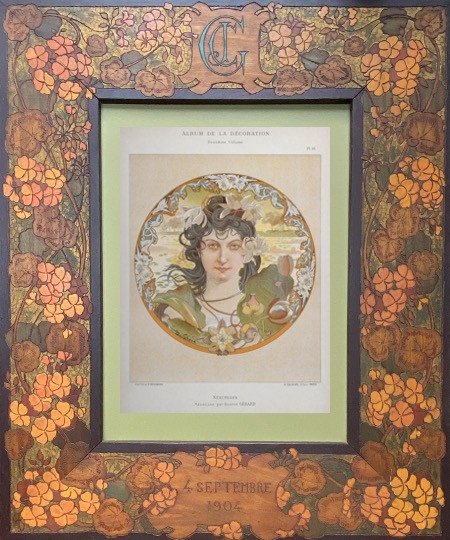

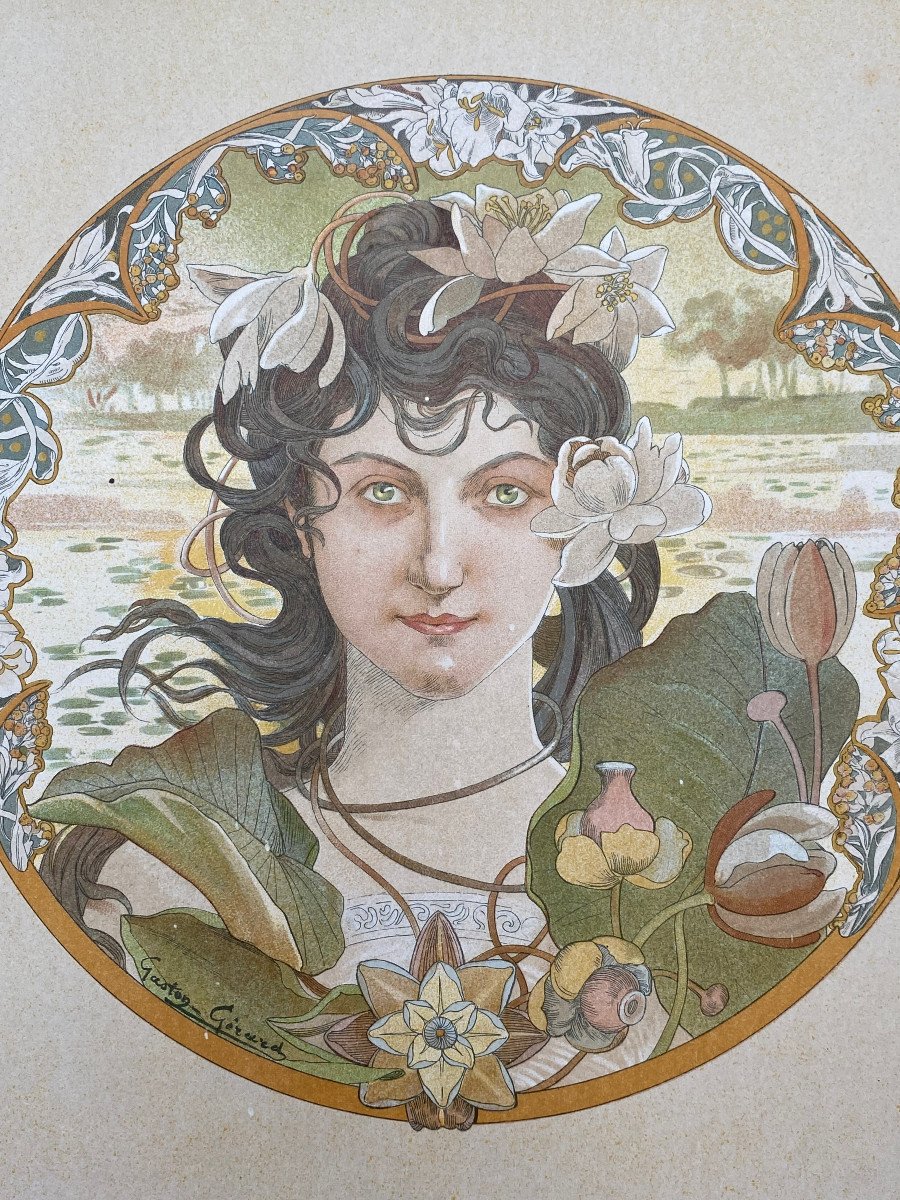

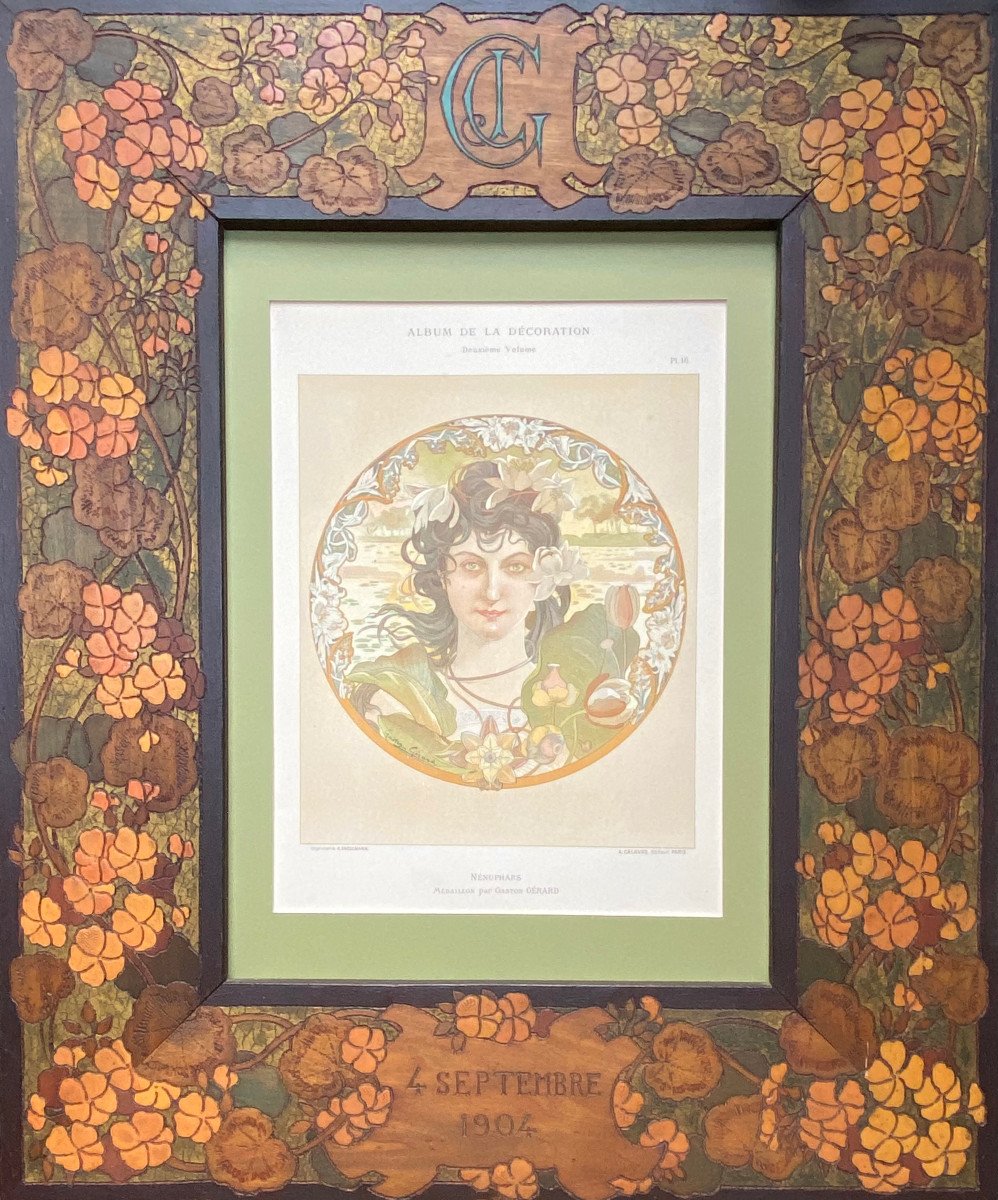
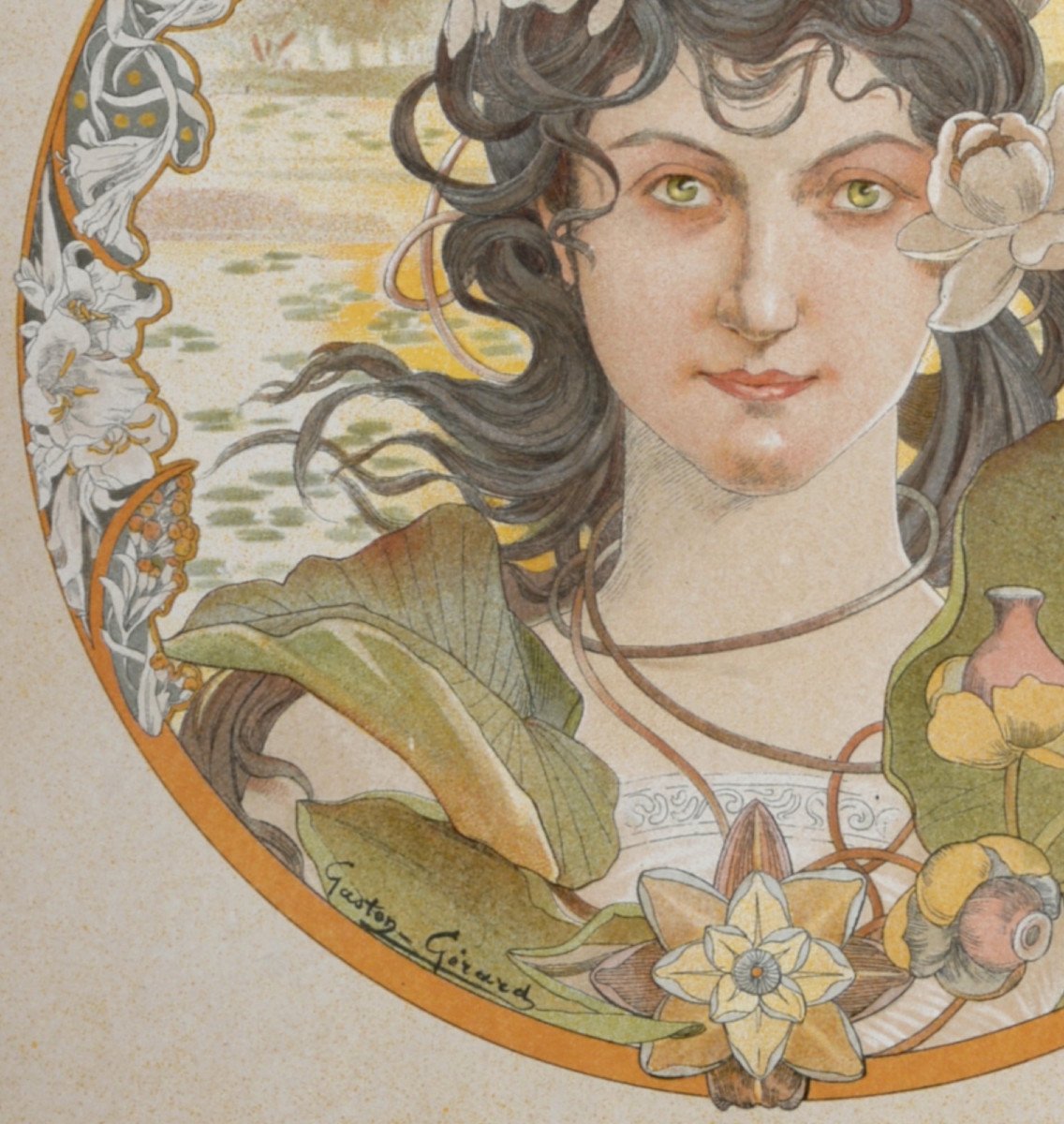
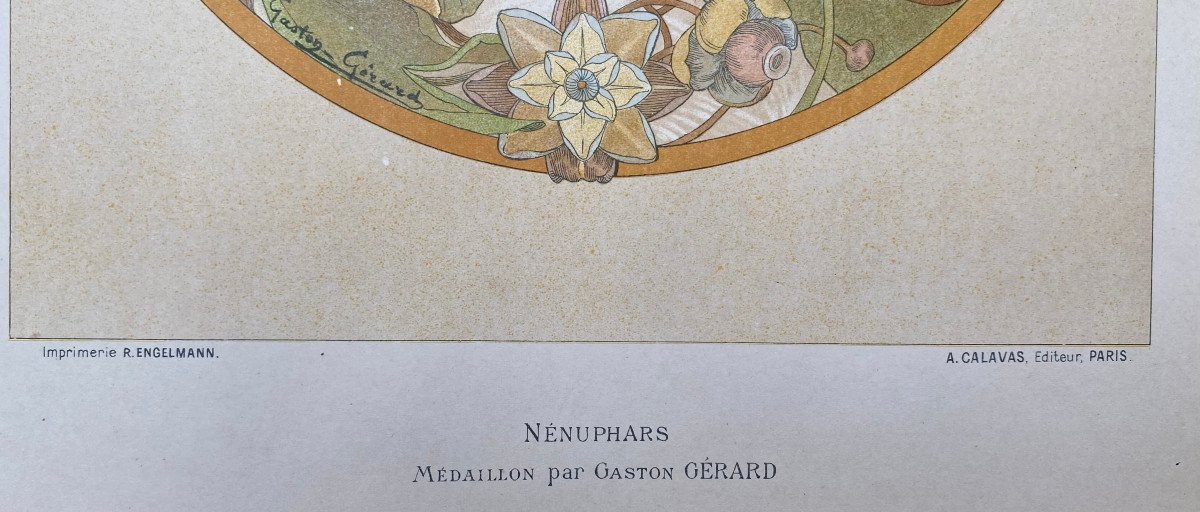










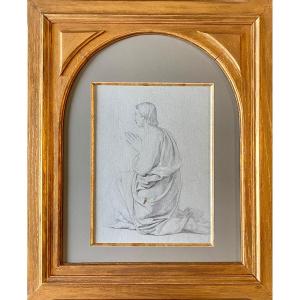
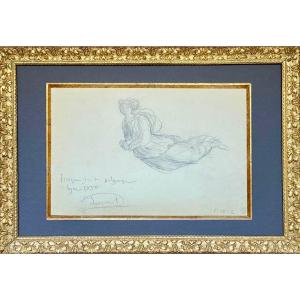


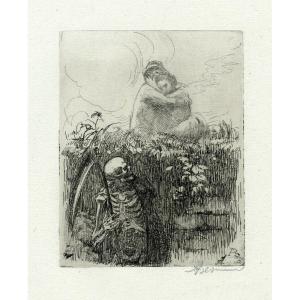
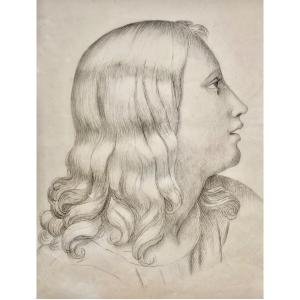
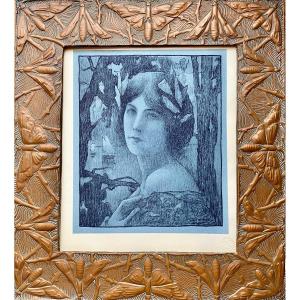

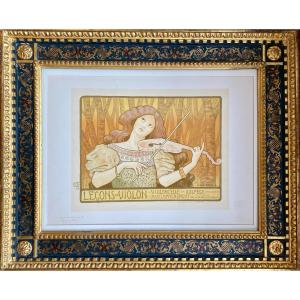
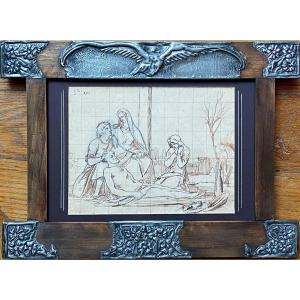


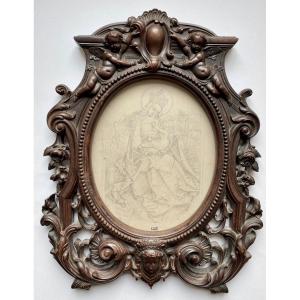








 Le Magazine de PROANTIC
Le Magazine de PROANTIC TRÉSORS Magazine
TRÉSORS Magazine Rivista Artiquariato
Rivista Artiquariato